Walkürenritt
Walkürenritt (the Ride of the Valkyries) is a beautiful colored etching (on zinc plate) on ivory-colored paper, realized in 1890 by Albert Welti (Zurich, 1862 - Bern, 1912).
Inscriptions on plate on the lower margin: " Walkürenritt. Albert Welti fecit - Albert Welti H.ch Wetteroth impr ." Title and signature etched on plate on the lower margin on the side.
In excellent conditions, as good as new, in the original ivory-colored cardboard passepartout.
Walkürenritt (the Ride of the Valkyries) is a beautiful colored etching (on zinc plate) on ivory-colored paper, realized in 1890 by Albert Welti (Zurich, 1862 - Bern, 1912).
Inscriptions on plate on the lower margin: " Walkürenritt. Albert Welti fecit - Albert Welti H.ch Wetteroth impr ." Title and signature etched on plate on the lower margin on the side.
In excellent conditions, as good as new, in the original ivory-colored cardboard passepartout.
This wonderful original print realized with brown ink and with an incredible draftsmanship represents a mythological scene of the ride of the valkyries.
Reference : Wartmann, 11 VIc/VII. Incubi nordici , p. 119.
Albert Welti (Zurich, 1862 - Bern, 1912)
The Swiss painter and etcher, well-known for the fresco Die Landsgemeinde in the meeting room of the Ständerat at the Federal Palace, as well as for his paintings of dreams and nightmares, begun studying engraving with Johann Conrad Werdmüller. In 1880, he did a one-year photography apprenticeship with his uncle Oswald Welti in Lausanne. In 1882, he attended the Academy of Fine Arts of Munich under the influence of Arnold Böcklin, whom he met in 1885. After graduating, he obtained financial support from Karl von Rose (1854-1912), a generous patron of the arts. After his father's death, he assuaged his grief by visiting Innertkirchen and Vättis, where he created numerous pastel nature studies. Later on, he worked in Munich until 1908, where he became friends with Hermann Hesse.






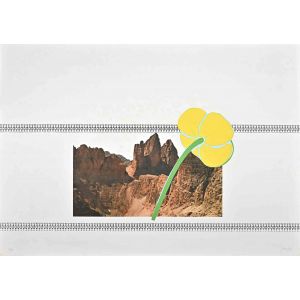
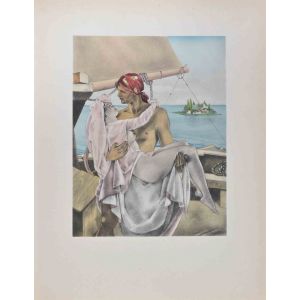
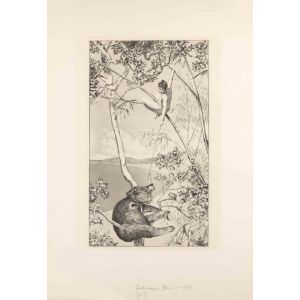
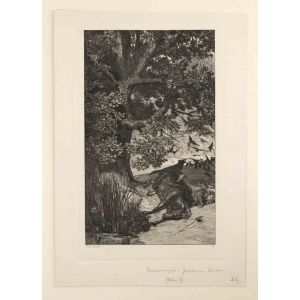
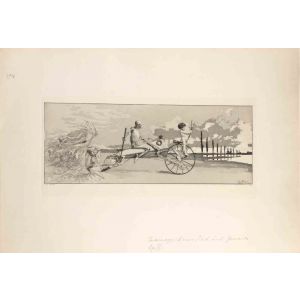
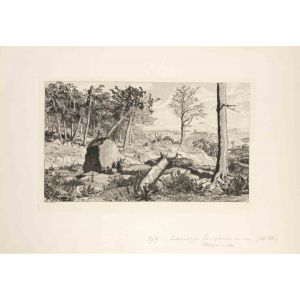
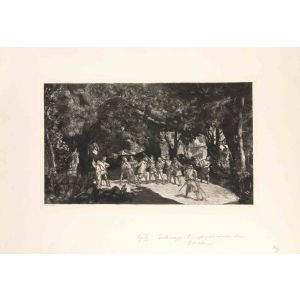
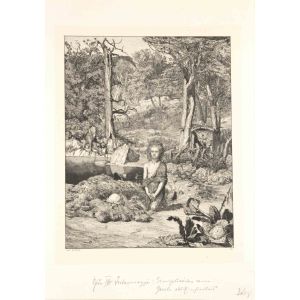
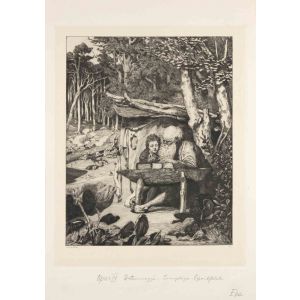
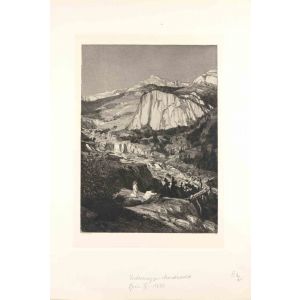

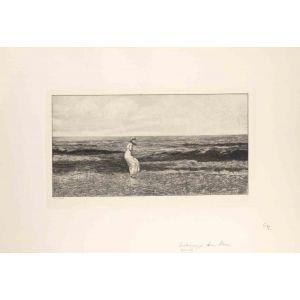
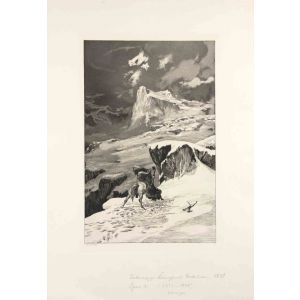


















Validate your login
Sign In
Create New Account